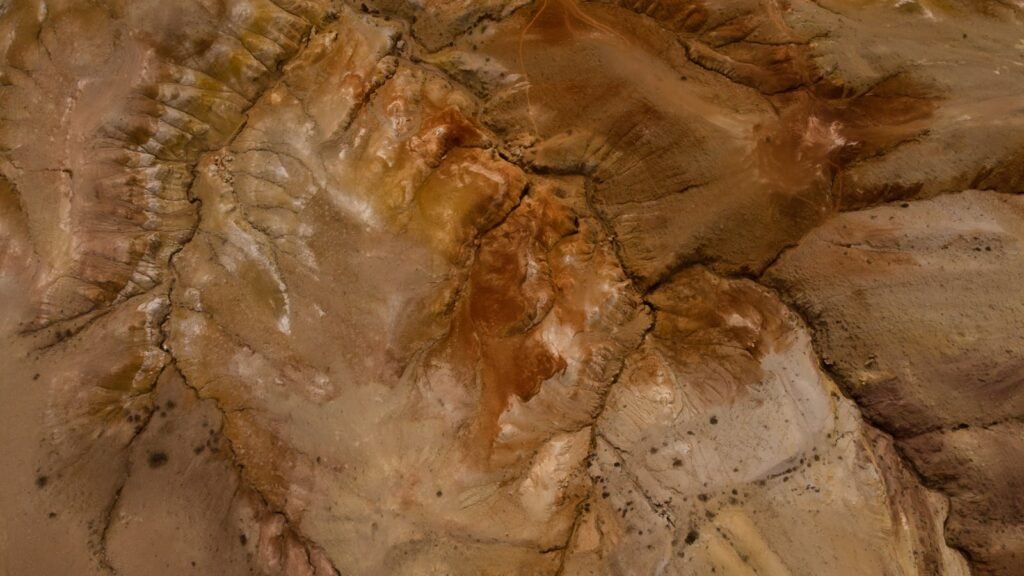Imagine stepping into a world where air conditioning is unnecessary, where the temperature feels just right even as the sun blazes overhead. In the heart of the wilderness, hidden beneath lush forests or carved into rugged mountains, lie remarkable bat caves—natural sanctuaries that defy the punishing heat outside. These caves aren’t just homes for millions of bats; they’re masterpieces of nature’s engineering, maintaining a perfect climate without a single wire, vent, or fan. How do these mysterious places stay so refreshingly cool? Let’s take a journey into the depths and discover the secrets of these self-cooling bat caves.
The Marvel of Natural Climate Control
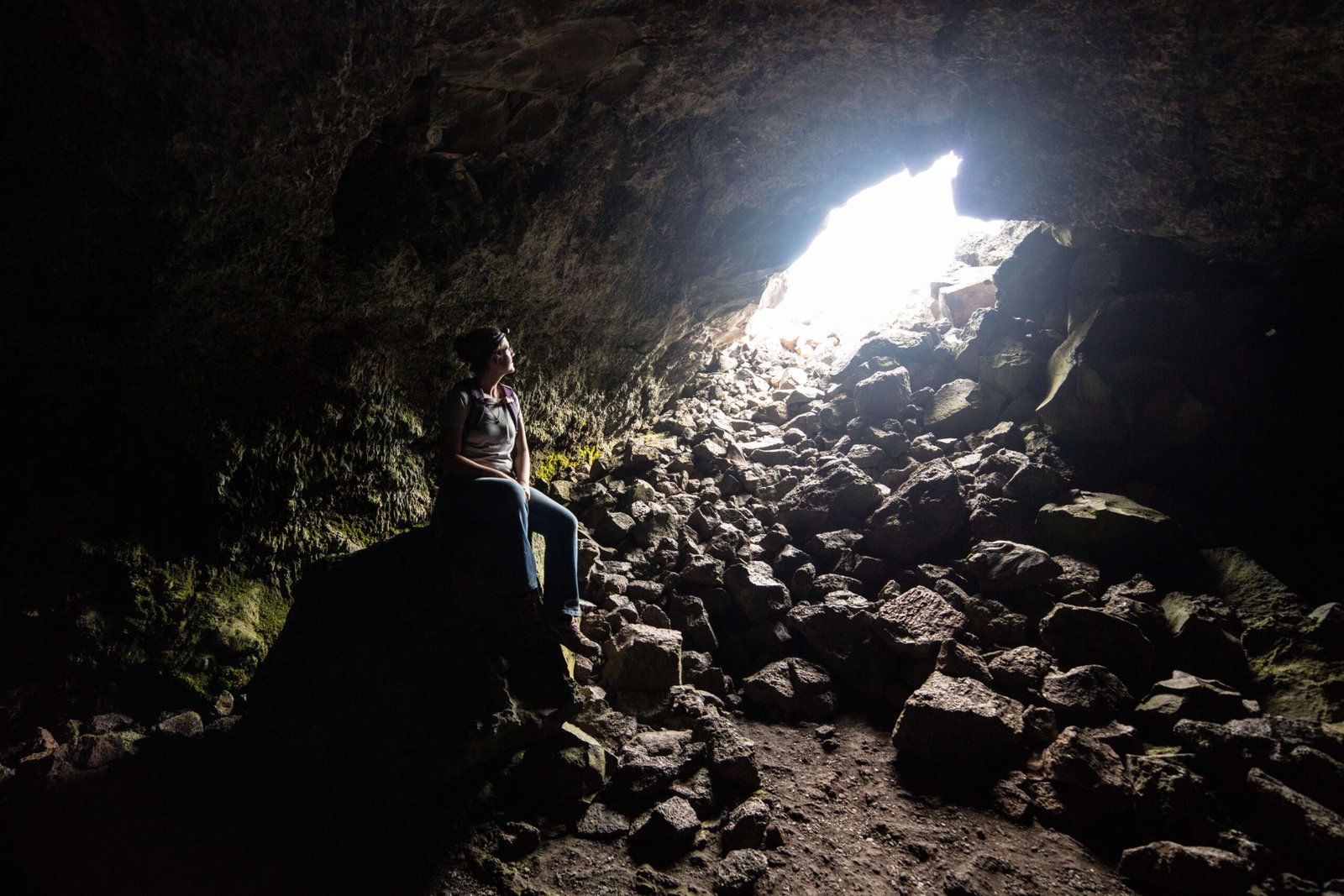
Bat caves are like living refrigerators. Unlike human-made structures that rely on buzzing machines to regulate temperature, these caves achieve a delicate balance using the earth’s own resources. The thick layers of rock, soil, and even water surrounding a cave act as insulation. This means that while the world above may boil in summer or freeze in winter, the cave’s interior remains comfortably steady. It’s a bit like wrapping yourself in a heavy quilt that blocks out both cold and heat—nature’s own version of climate control, whisper-quiet and endlessly reliable.
Thermal Mass: The Underground Secret Weapon
At the heart of a cave’s cooling power lies the concept of thermal mass. Rocks and soil store heat energy and release it slowly, acting as a buffer against temperature swings. When the sun beats down on the earth’s surface, the heat barely penetrates deep enough to affect a cave’s core. This is why, even after days of scorching heat, stepping into a bat cave feels like entering another season. It’s as if the cave walls remember the chill of winter and refuse to let go of it, even when the world above is wilting.
Air Circulation: Nature’s Built-in Ventilation
Many bat caves are designed by nature to breathe. With multiple openings or interconnected passages, these caves allow air to move freely. Warm air rises and escapes through higher openings, pulling in cooler air from lower entrances. This natural flow keeps the cave from becoming stuffy or stagnant. It’s a gentle, constant breeze powered not by fans, but by the simple rules of physics—a natural ventilation system that never breaks down.
Humidity: The Moist Blanket
Humidity inside bat caves plays an important role in cooling. Water seeps through cracks in the ceiling and walls, pooling on the floor or clinging to surfaces as droplets. This moisture helps regulate the temperature, keeping it from getting too dry or too hot. If you’ve ever felt the coolness of a damp basement, you’ve experienced a similar effect. The presence of water acts as a buffer, absorbing heat and releasing it slowly, while also keeping the air just moist enough for bats to thrive.
Geological Formations: Caves Built for Comfort
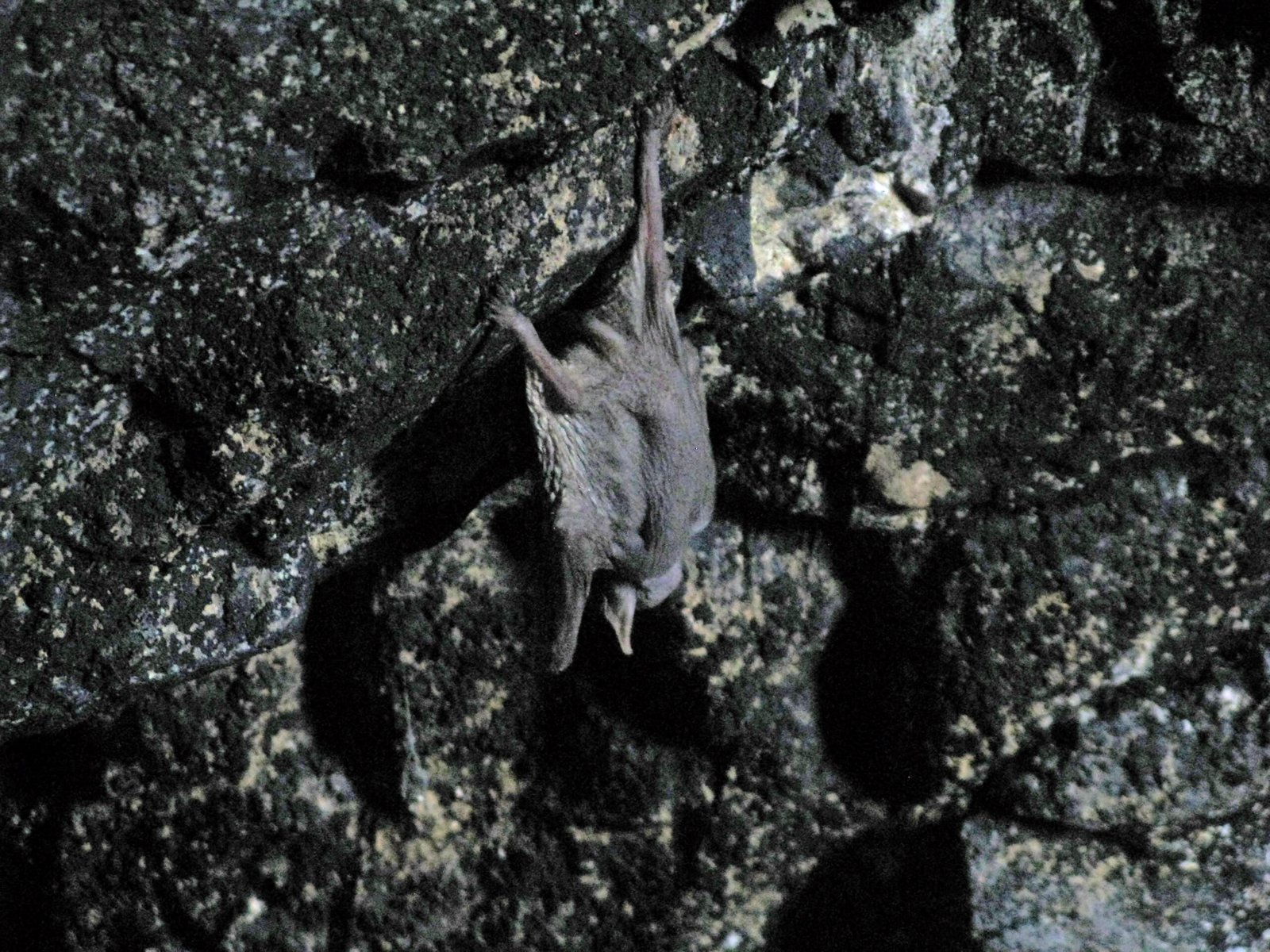
Not all caves are created equal when it comes to temperature control. Bat caves often have unique shapes and features that enhance their natural insulation. Deep chambers, winding tunnels, and narrow entrances all help keep the interior shielded from the outside world. Some caves even have underground rivers or lakes that further stabilize the temperature. It’s as if these caves were tailor-made for comfort—nature’s own luxury hotel for bats.
Bat Behavior: Working With the Environment
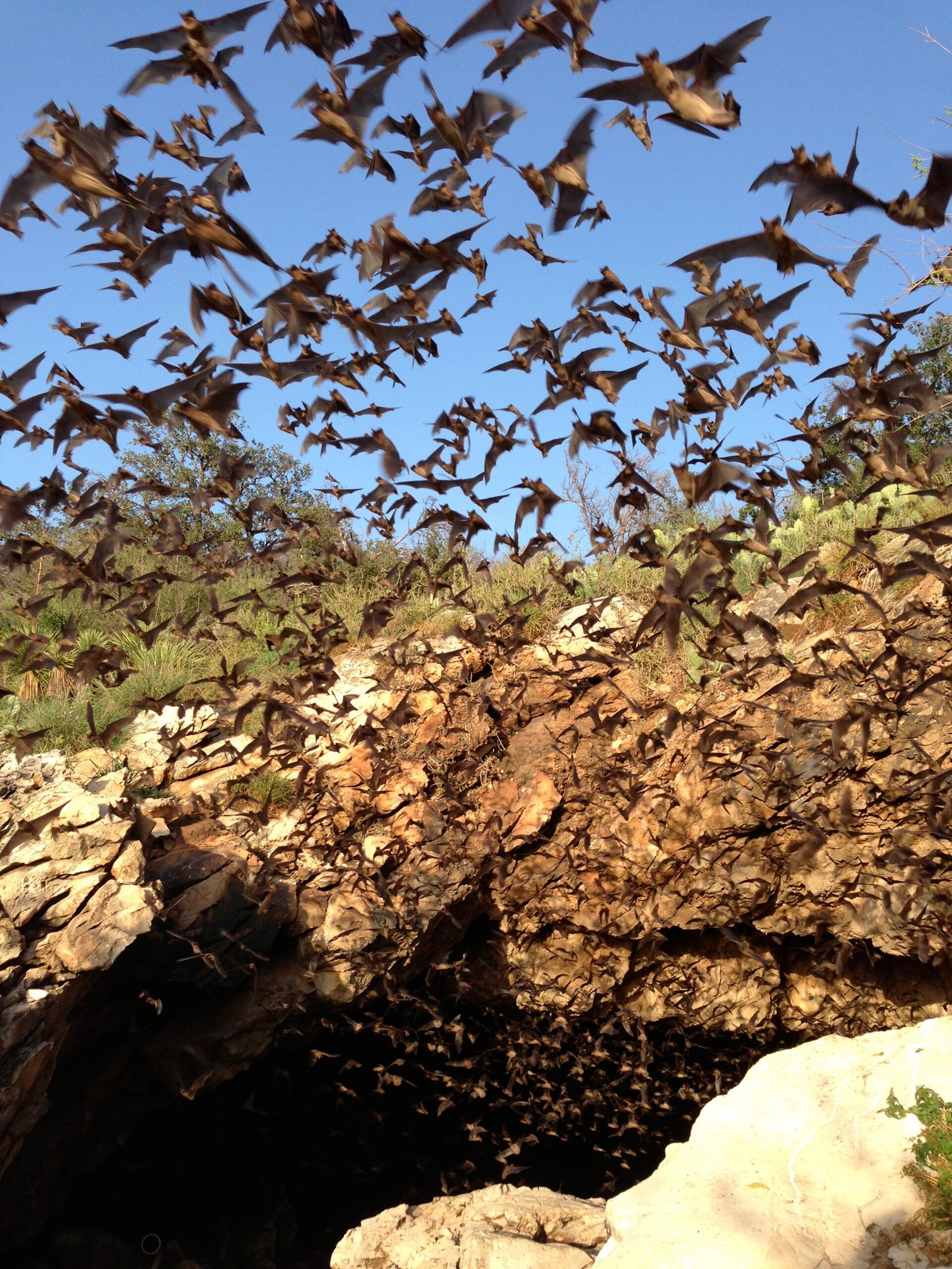
Bats aren’t just passive residents—they actively contribute to the cave’s climate. By clustering together in large groups, bats create microclimates that can raise the temperature slightly, ensuring the cave doesn’t become too cold. Their movement and breathing also help circulate air. It’s a fascinating example of animals and their habitat working in harmony, each shaping the other in subtle but important ways.
The Role of Depth: Coolness Below the Surface

The deeper a cave goes, the more stable its temperature becomes. Surface weather can only reach so far before being stopped by layers of rock and earth. In many bat caves, the temperature barely changes throughout the year, hovering around a constant value that’s perfect for the bats’ needs. It’s like living in a house with the thermostat set to “just right”—no matter what’s happening outside.
Seasonal Changes: Minimal Impact Inside
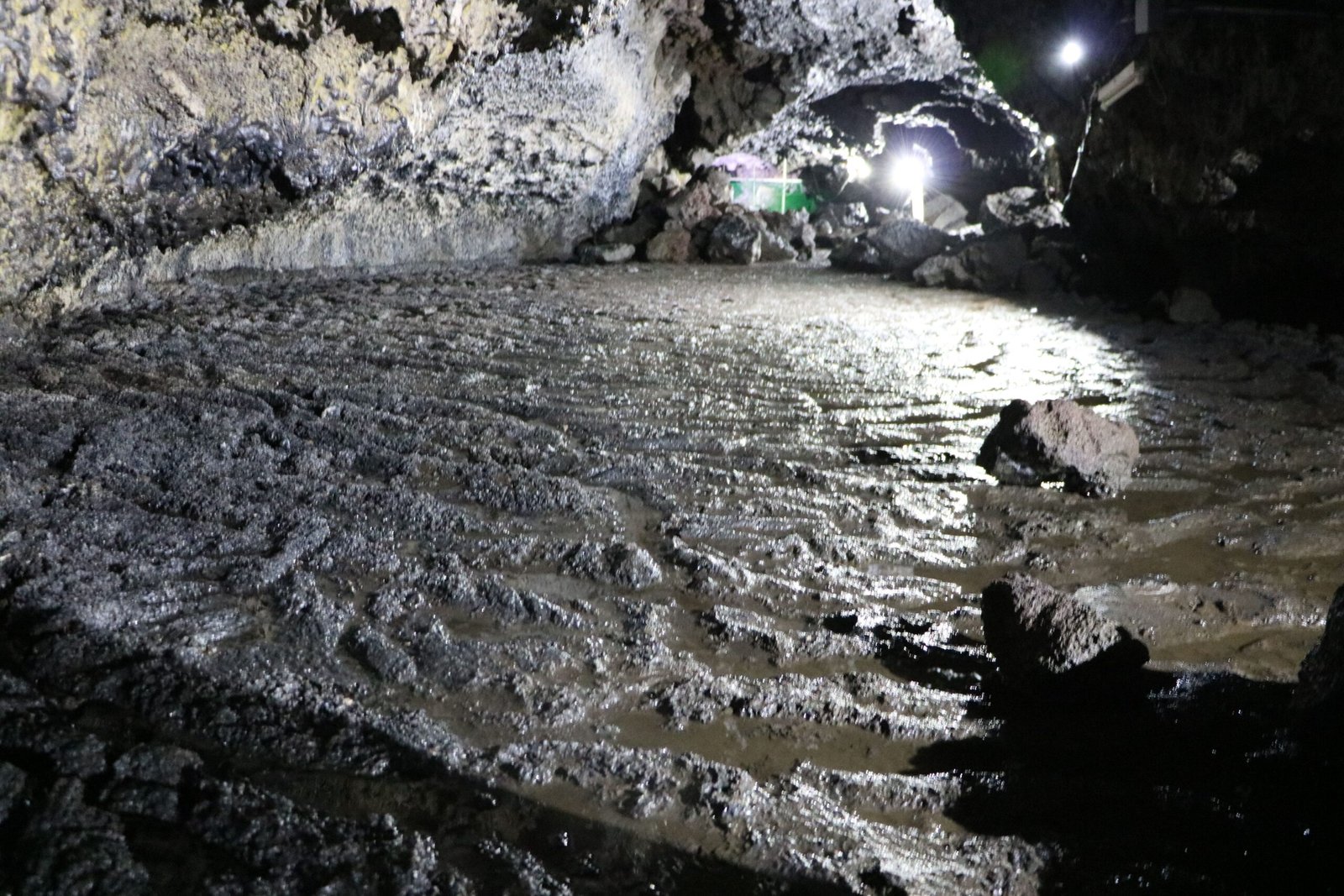
One of the most remarkable things about bat caves is how little they care about the changing seasons. While forests may burst with spring growth or shiver under winter snow, the cave remains mostly unchanged. This stability is vital for bats, especially during hibernation or when raising young. It’s a place where time seems to slow down, where the chaos of the outside world is kept at bay by layers of silent stone.
Famous Cool Bat Caves Around the World
Some of the world’s most famous bat caves are known not just for their bat populations, but for their cool, stable climates. Bracken Cave in Texas holds millions of Mexican free-tailed bats, while Gomantong Caves in Borneo are home to swirling clouds of swifts and bats alike. These places have become legends, not just for their ecological importance but for the way they quietly defeat the heat without a hint of technology.
Microclimates: Small Worlds Within Caves

Inside a single bat cave, you might find pockets where the temperature or humidity is just a little different. These microclimates allow different species of bats to find their ideal spot. Some prefer the chilly darkness deep inside, while others gravitate toward the slightly warmer entrance zones. It’s like a city with different neighborhoods, each with its own unique vibe, all under one stone roof.
Water’s Magical Touch: Streams and Pools
Water is a frequent companion in bat caves. Underground streams and pools not only keep the air moist but also absorb and redistribute heat. The gentle trickle of water can cool the air like a natural air conditioner. In some caves, the sound of dripping water is a constant reminder of the life-sustaining, cooling magic happening just out of sight.
The Importance of Stable Temperatures for Bat Survival
Bats are sensitive creatures. Too much heat or cold can disrupt their sleep cycles, breeding, and even survival. Caves that maintain a steady, cool environment are essential for their health. These natural refuges protect bats from predators and harsh weather, giving them the peace and quiet they need to rest, raise their young, and hibernate through the winter.
Human Inspiration: Learning From Nature’s Design
The way bat caves regulate temperature has inspired architects and engineers to seek out similar solutions for our homes and buildings. The idea of using earth, stone, and smart design instead of machines is gaining ground. By studying how caves work, we can build structures that are cooler, more efficient, and more in tune with the natural world. Sometimes, the best teacher is the one that’s been quietly working for millions of years.
Threats to Bat Caves: Climate Change and Human Activity
Sadly, the delicate balance inside bat caves can be easily disturbed. Changes in land use, pollution, and climate change all threaten the cool, stable environments bats rely on. As temperatures rise or water tables drop, caves may lose their ability to stay cool. Protecting these habitats isn’t just about saving bats—it’s about preserving the secrets of natural climate control for future generations.
Conservation Efforts: Protecting Nature’s Cool Refuges
Around the world, scientists and conservationists are working to safeguard bat caves. This includes restricting access to sensitive areas, monitoring cave temperatures, and restoring habitats that have been damaged. Public awareness campaigns help people understand why these caves matter, not just for bats but for the entire ecosystem. Every small action counts when it comes to keeping these natural wonders cool and thriving.
How You Can Help: Citizen Science and Awareness

Anyone can play a part in protecting bat caves. Joining local conservation groups, reporting disturbances, or simply spreading the word about the importance of these habitats can make a real difference. Even visiting a cave with respect—sticking to trails, avoiding loud noises, and not touching the walls—helps preserve the delicate balance inside. When more people care, more caves stay cool and safe.
Caves as Living Laboratories

Scientists see bat caves as more than just animal homes—they’re living laboratories where we can study everything from geology to biology to climate science. Each cave holds clues to how the earth has changed over millions of years. By observing how these spaces adapt to challenges, we learn not just about bats but about our own world and how we might live more sustainably within it.
A Personal Glimpse: Awe in the Cool Darkness
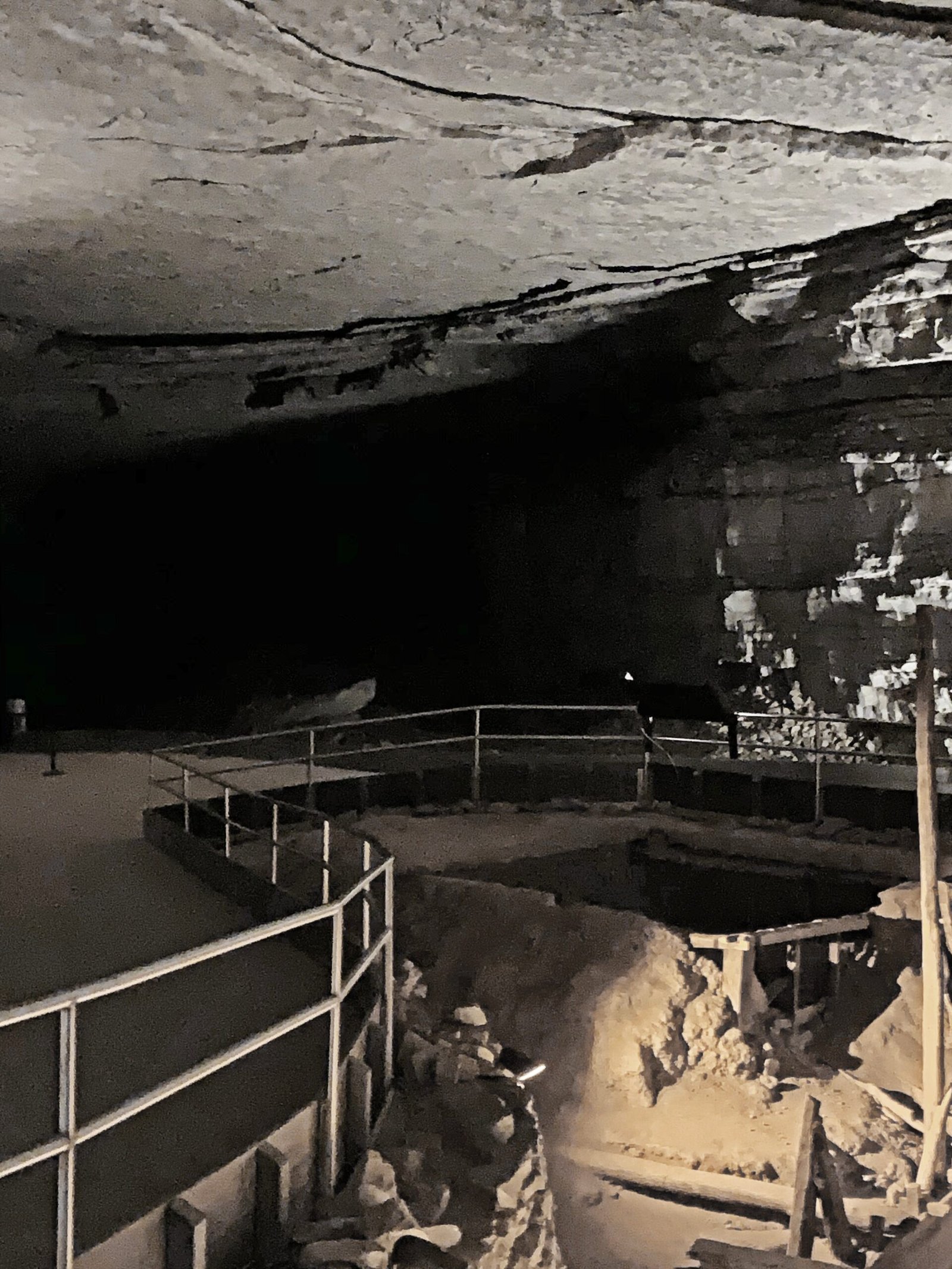
The first time I stepped into a bat cave, I was struck not just by the fluttering wings or the earthy smell, but by the sudden, enveloping coolness. It felt like a gentle hug from the earth itself—a place apart, where time and temperature held still. In that moment, I realized just how magical and fragile these places are. It’s a reminder that nature, given space and respect, is the greatest engineer of all.
The Future of Bat Caves: Lessons for a Warming World

As global temperatures continue to rise, the lessons hidden in these cool, dark spaces become more valuable than ever. Bat caves show us that it’s possible to stay comfortable without energy-hungry machines, simply by working with the materials and forces already around us. By observing, protecting, and learning from these natural wonders, we might just find the keys to a cooler, more balanced future.
Would you have thought that bats—and the caves they call home—could teach us so much about comfort, survival, and working in harmony with nature?



